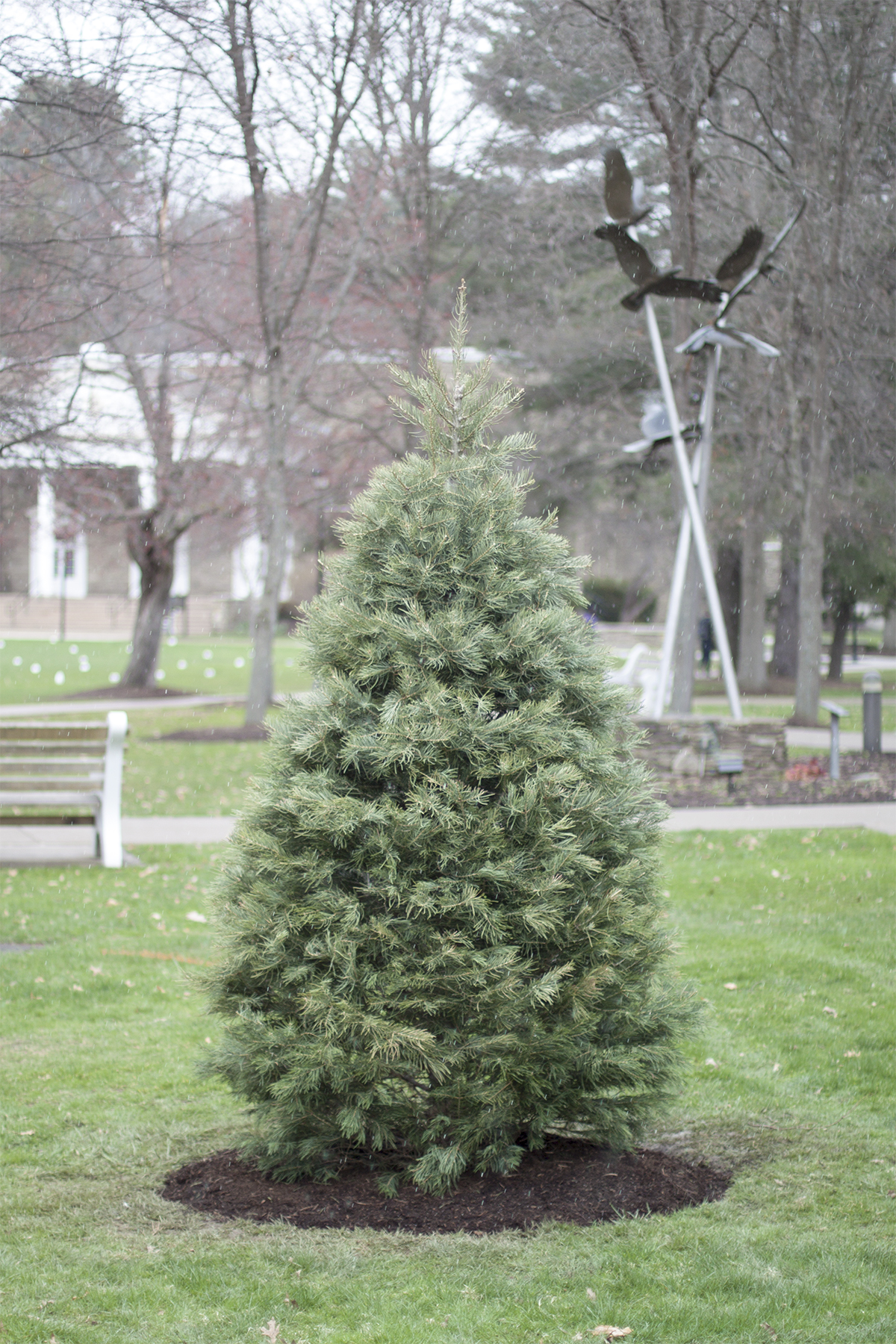Category: Stories In Focus
September 29, 2015
Stories In Focus
Eco Reps: Creation Care Awareness
As the season changes and the natural beauty of Houghton’s campus is transformed by autumn, one group on campus is…
September 29, 2015
Stories In Focus
Reviving the Rivalry: Purple and Gold
Purple and Gold Week is coming! Students who have participated in this event before may think this article is being…

September 17, 2015
Stories In Focus
Summer Stories: Houghton’s Ministry Team
Houghton College is often a meeting place for Christian/Wesleyan organizations and events. This past week there was a pastors’ conference…
September 17, 2015
Stories In Focus
Business Department Welcomes Two New Members
The business department welcomed new faculty members, Pil Joon Kim and Naomi Christensen, this fall. Kim will serve as the…

September 17, 2015
Stories In Focus
Spotlight: International Athletes
Houghton College has a rich heritage of placing emphasis on diversity. The athletic program is no exception, celebrating and encouraging…
September 10, 2015
Stories In Focus
Get a C.L.E.W.
Dr. Richard J. Mouw Speaks on Christian Convicted Civility This year’s Christian Life Emphasis Week (CLEW) was graced with the…
September 10, 2015
Stories In Focus
Dean Jordan’s Campus Revival
As a Christ-centered college, part of the Houghton community is engaging in spiritual life together. This year Dean of the…
September 10, 2015
Stories In Focus
Jason Bintz: Southern Math Teacher Turned Seminarian Turned Houghton Math Professor
The first time Doctor Jason Bintz, Houghton College’s new assistant professor of applied mathematics, attempted to visit the Houghton campus,…
September 10, 2015
Stories In Focus, Reviews, Stories In Focus
Movie Review: Straight Outta Compton
In an age where we have become so accustomed to celebrity culture it can be easy to forget that there…

April 23, 2015
Stories In Focus
Senior Class Plants Their Legacy
Though the senior class gift is not a consistent tradition in Houghton’s 132-year history, gifts to the college from previous…
